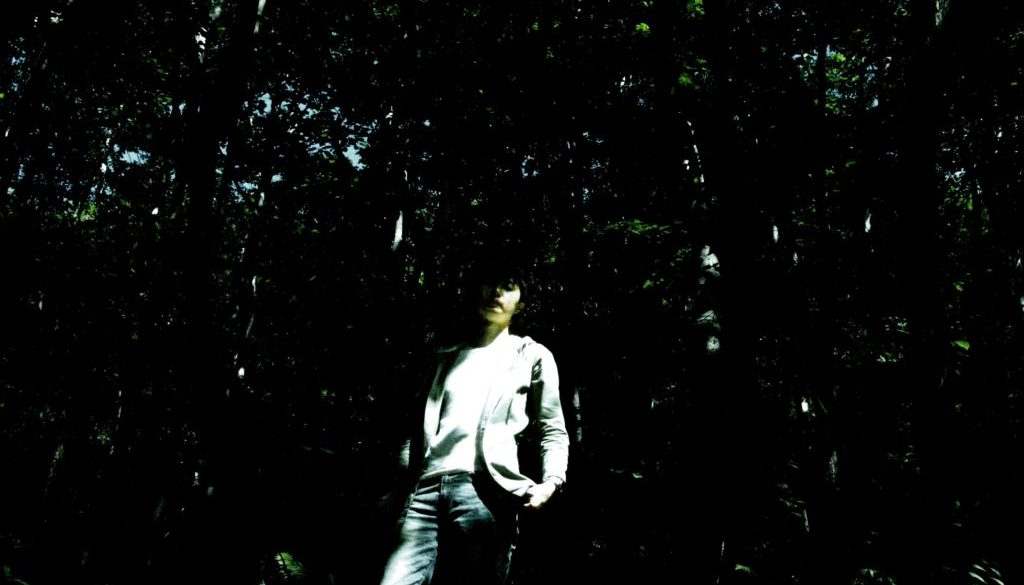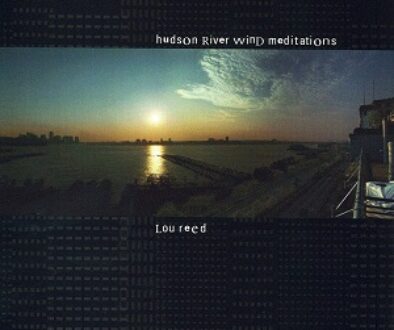Review: Hirotoshi Okita’s New Album- a Monōto Records release.
Hailing from Hokkaido, Japan, Hirotoshi Okita describes himself as a “sound-shape synthetic composer,” which truthfully, is a very befitting title for the up and coming independent artist. His music, a highly erratic hodge-pick of beautifully cinematic instrumental landscapes, is as fascinating as it is glorious. His latest record, an eleven song collection, is a beautiful insight into his talent. Flowing masterfully from one song to the next, Okita’s album is a treat for fans of experimental composition and electronica.
At times, Okita’s music sounds like it would be best served in a rapid setting: perhaps the score of a ‘John Wick’ film or the dance floor of a crowded club. The bombastic opening of his album, TE9,’ is just that. Synthesizers dart back and forth with precision and intensity, with dark, thudding bass notes accenting them. This urgency is soon switched for traditional Asian influence in `DP12,’ a track that even houses a synthesized, robotic lead vocal speaking Japanese. The clash of traditional stylings and contemporary technology is a stunning one.
`IIDNC6′ furthers Okita’s dance-esque style, but in sections, evokes a contemplative landscape with its droning synth-pad lead. Electronica fans will find great diversity in this collection, something continued on `DP24,’ too, another song with the synthesized female vocal lead. It’s worth noting that the vocals add splendidly to the atmosphere of the music, essentially contributing to an instrumental-like listening experience. That is especially true if you’re an English-speaking listener that doesn’t understand the lyrics.
As the album continues, a pattern becomes clear: more upbeat, dance floor suited tracks separate more experimental, electronic-voiced tracks. `HDNC12′ and `DP11′ continue this trend, the former of which being a particularly fantastic, driving electronica piece and the latter offering an explosion of bizarre elegance. In fact, `DP11′ is the finest of the first six tracks. The dichotomy between the sonic influences is jaw-droppingly complex, and the waves of sound crash together in perplexing, but lovely harmony as the voice collides with the wall of synthesizers.
Hirotoshi Okita’s new album is a brilliant insight into a Japanese composer’s endeavor to combine traditional and technological musings together in a coherent musical tapestry quite unlike anything else in the indie scene right now. It’s well worth a listen, especially in its entirety since the tracks explore such different ideas from one to the next.




